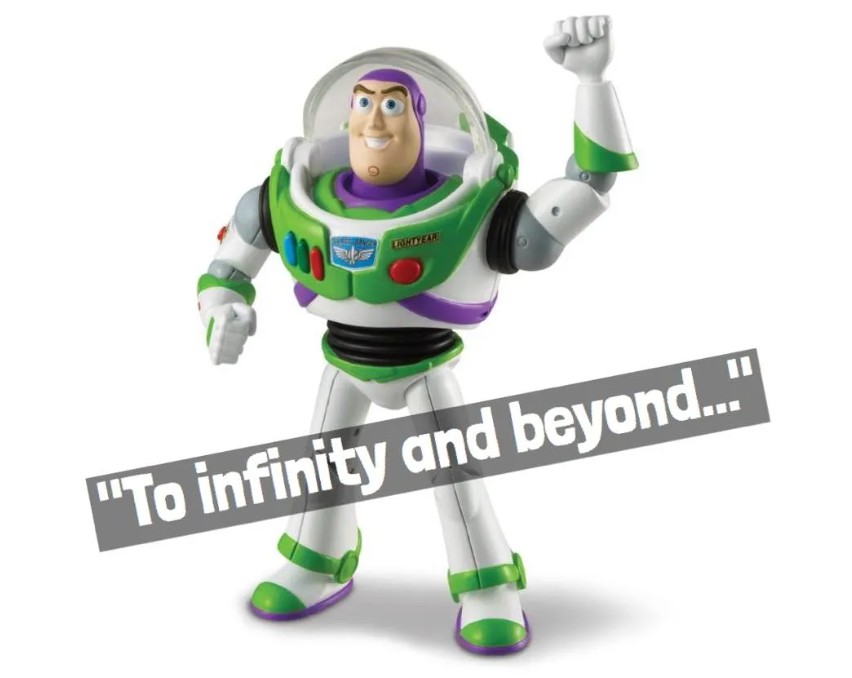
Having spent all my life in computing, it’s interesting to look at the development of technology from where it came from to where it is going to. When joining the industry many years ago, we talked about the S/360 instruction set that was the basis of IBM’s systems; we talked about BASIC, Fortran, COBOL and Pascal, the languages to programme back in the day; we talked about mainframe and green screen systems, the server and the way to access; we even talked about punched cards that enabled us to run these systems.
Sure it is nostalgic, but half a century ago life was very different. There were no PC’s or home computers. Computers were for business and mainly for big business due to the cost. So, it got me thinking the other day about what was the first computer? I always thought it was the ENIAC which, correctly is recognised as the first commercial computer.
ENIAC – the Electronic Numerical Integrator and Computer – was developed during the Second World War to predict the weather. Unfortunately, by the time it was finished, it was 1946 and the war was over. Ho-hum. ENIAC became UNIVAC which, when merged with Burroughs, became Unisys.
I worked for Unisys for some years and was shocked at how they didn’t realise how great the company was. The marketing materials missed key messages from creating the first computer to running the systems that put a man on the moon to wiring the Queen of England and more. But that was then and this is now.
The reason for mentioning this is that I was watching a quiz show late last night and a question was raised about what was the first computer. The answer on the show was the Atanasoff-Berry Computer (ABC), developed in Iowa during the late 1930s.
Immediately it made me think: but what about the ENIAC?
Well, it turns out that John Mauchly had seen the ABC shortly after it became functional. Mauchly was an American physicist who, along with J. Presper Eckert, designed ENIAC, but the ABC was its predecessor. In fact, the ABC was at the centre of a patent dispute related to the invention of the computer, which was resolved in 1973 when it was shown that ENIAC co-designer John William Mauchly had seen ABC before it was completed. So, was it the ABC or ENIAC that was the world’s first computer? Or was it the Enigma machine?
Enigma was not a computer, but a cypher communication system to encrypt messages from German headquarters to their U-Boats and forces. The thing is that Enigma used Morse Code to communicate and so there was a new generation of machine called Lorenz, that converted the encrypted messages into binary code using 1’s and 0’s.
The cryptographers working during the war at Bletchley Park actually managed to break this code too, and led to the creation of a machine called Colossus. Colossus had a single purpose: to help decipher the Lorenz-encrypted messages between Hitler and his generals during World War II and is now recognised as the world's first electronic computer.
So the Brits invented computing!
… or did they?
Way back in the 1930s two British intelligence officers – Alastair Denniston and Dilly Knox – got off a train at Warsaw's central station and met a group of Polish mathematicians – Jerzy Rozycki, Henryk Zygalski and Marian Rejewski – who shared their code breaking ideas. This meeting led to the creation of Bletchley Park and the breaking of the Enigma code. So, it was the Polish who started the process of modern-day computing, or so my wife tells me.
Meanwhile, after all that, I haven’t mentioned Alan Turing and the Turing test. During World War II, Turing worked for the Government Code and Cypher School at Bletchley Park, Britain's codebreaking centre that produced Ultra intelligence. Ultra intelligence was the designation adopted by British military intelligence in June 1941 for wartime signals intelligence obtained by breaking high-level encrypted enemy communications and, as most you know, is the person who created the test for all AI: the Turing test. The Turing test, originally called the imitation game by Alan Turing in 1949, is a test of a machine's ability to exhibit intelligent behaviour equivalent to that of a human.
Many claim that, today, we have broken the Turing Test and machines are equivalent to human intelligence.
Next stop is the Singularity, a future point where technological advancements, particularly in artificial intelligence, become so rapid and transformative that humanity is changed beyond our current understanding or control. Amazing what a century of technological progress has delivered. Are we there yet?
Postscript:
The ENIAC was created by a core group of women who were never recognised for their work. A bit like the Hidden Figures who worked on the Moon landings.
Chris M Skinner
Chris Skinner is best known as an independent commentator on the financial markets through his blog, TheFinanser.com, as author of the bestselling book Digital Bank, and Chair of the European networking forum the Financial Services Club. He has been voted one of the most influential people in banking by The Financial Brand (as well as one of the best blogs), a FinTech Titan (Next Bank), one of the Fintech Leaders you need to follow (City AM, Deluxe and Jax Finance), as well as one of the Top 40 most influential people in financial technology by the Wall Street Journal's Financial News. To learn more click here...

